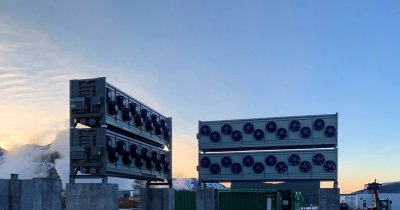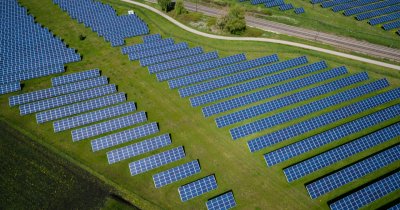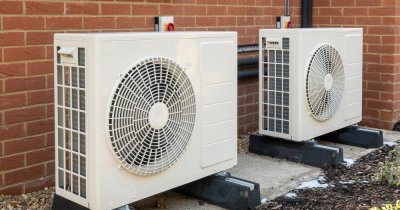According to Sifted.eu, the latest investment makes Sweep the best funded carbon platform, which is a very attractive sector for VCs that are looking forward to the overall carbon footprint reduction.
The latest funding round saw interest from investors, some of them being Coatue, Balderton Capital and New Wave.
Sweep's platform is a helpful tool for companies that have high carbon emissions and want to monitor them, as well as setting targets and come up with emission reduction strategies.
JCDecaux and Saint Gobain are among the customers of the company, which collaborates with other corporations from the manufacturing and industrial sectors.
"Sweep helps companies the most by monitoring Scope 3 emissions of large companies", says Rachel Delacour, cofounder of Sweep.
As a reminder, Scope 1 emissions refer to the emissions coming directly from the company, while Scope 2 emissions are those coming from the electricity, heating and cooling solutions that the company buys, while Scope 3 emissions are indirect emissions coming through the supply chain.
According to Rachel Delacour, "it’s Scope 3 that you can’t cope with using excel sheets or consultants. Now companies have to move from making pledges to taking action on this, and it’s also about reputational risk."
Carbon accounting is one of the fastest growing sectors within climate fintech, and last year alone VCs have invested 1.2 billion dollars into climate fintech companies around the world, which is three times more than all previous years together.
Out of that entire amount of money, 410 million dollars went to carbon accounting platforms.
The way Sweep's platform works is pretty simple.
Whenever a company starts using the platform, it inputs all the environmental metrics there, which can be things like energy usage and where it comes from, the materials used, water usage and even how employees travel between home and work.
Then the platform will start asking for the same information from the company's suppliers, and if they can't provide the information specifically, they will be asked some questions in order to provide a somewhat accurate estimate.
After that, the platform will present the emissions to the business and it can even simulate the effects different actions would have when it comes to lowering the carbon footprint, while also making targets, if necessary.
“They’ll be able to see where the biggest proportion of their emissions comes from, and they’ll be able to see it per business unit or per product too. They can drill down into where emissions are coming from and make decisions based on that,” Delacour explains.
Multiple countries around the world impose stricter regulations regarding the disclosure of emission metrics by companies.
For example, in the European Union, companies that have over 500 employees have to report their current and foreseeable environmental impact, measure which will be extended in October to include smaller companies, as well.
 Mihai - Cristian Ioniță
Mihai - Cristian Ioniță












Any thoughts?